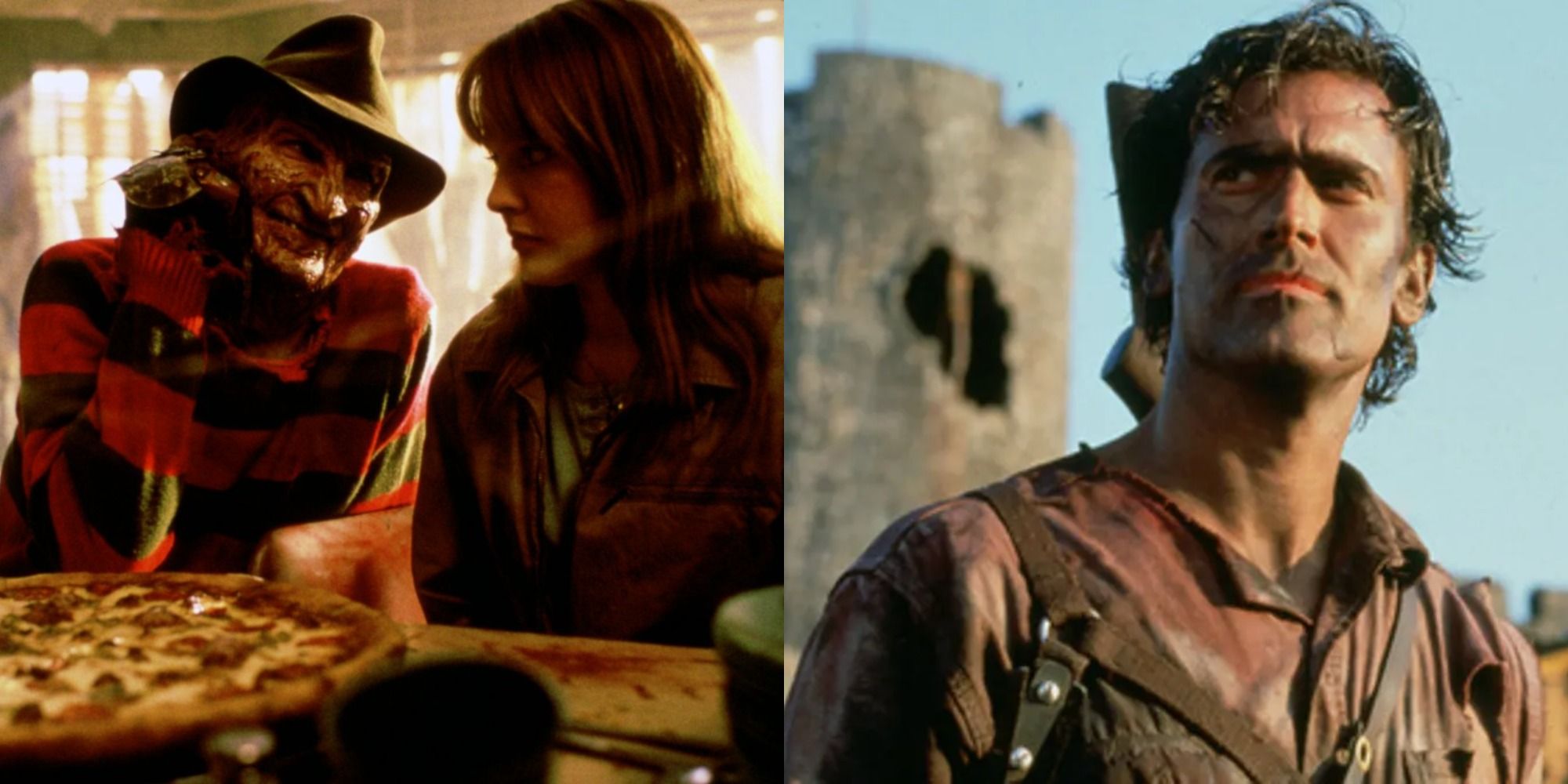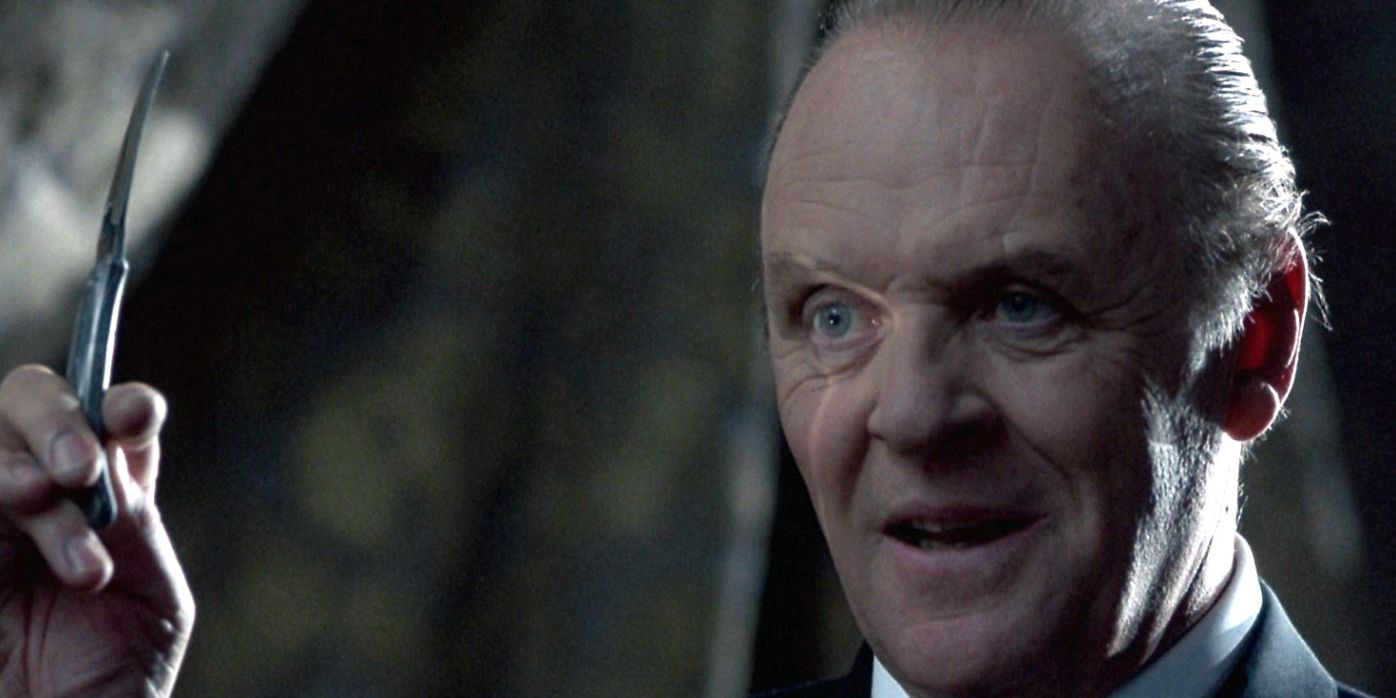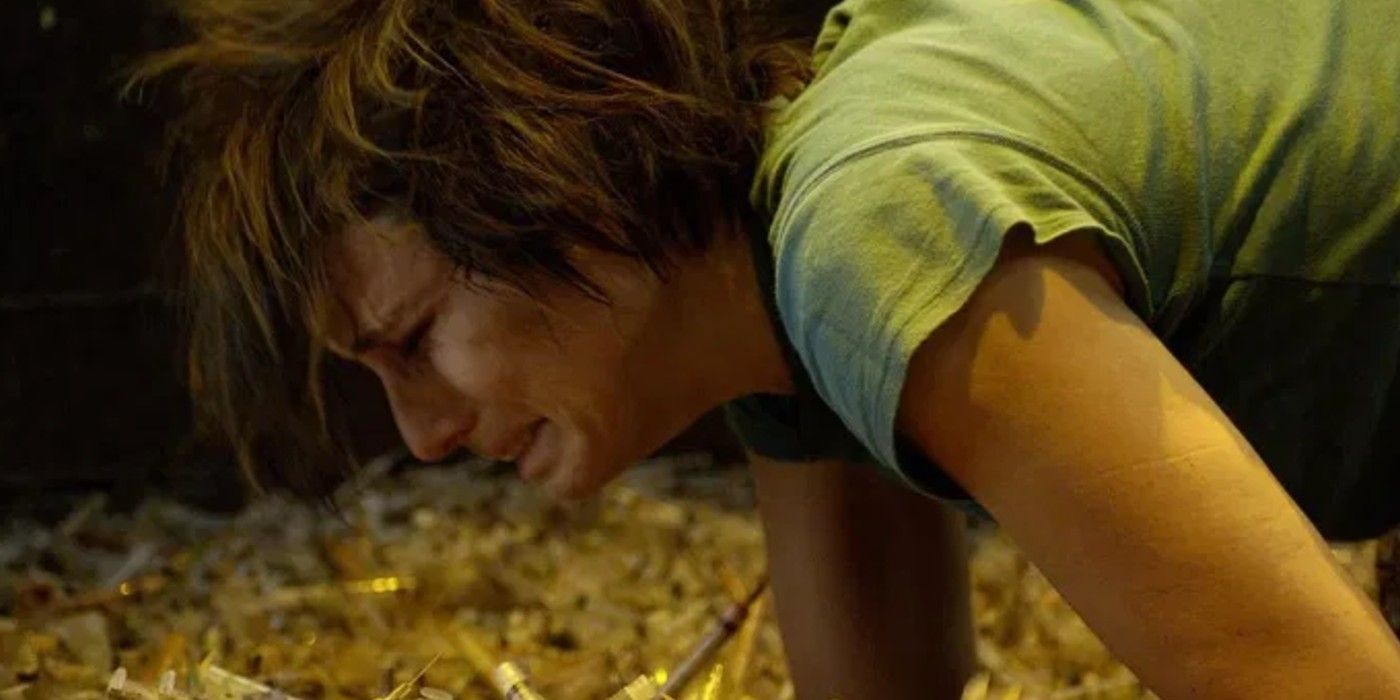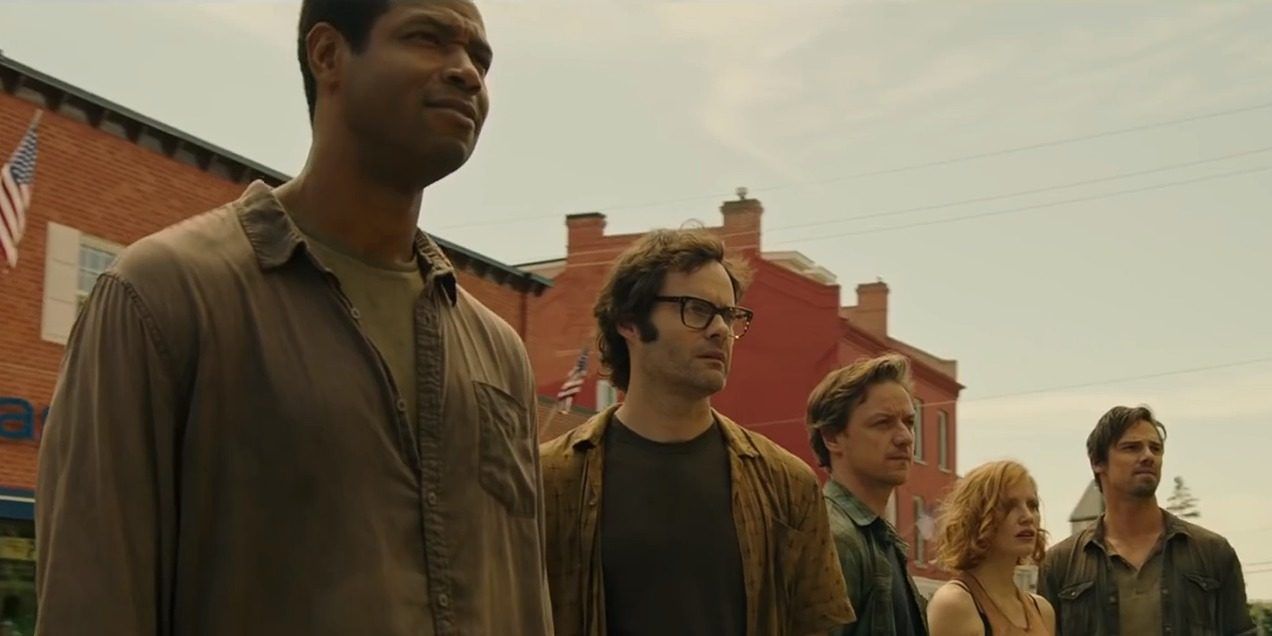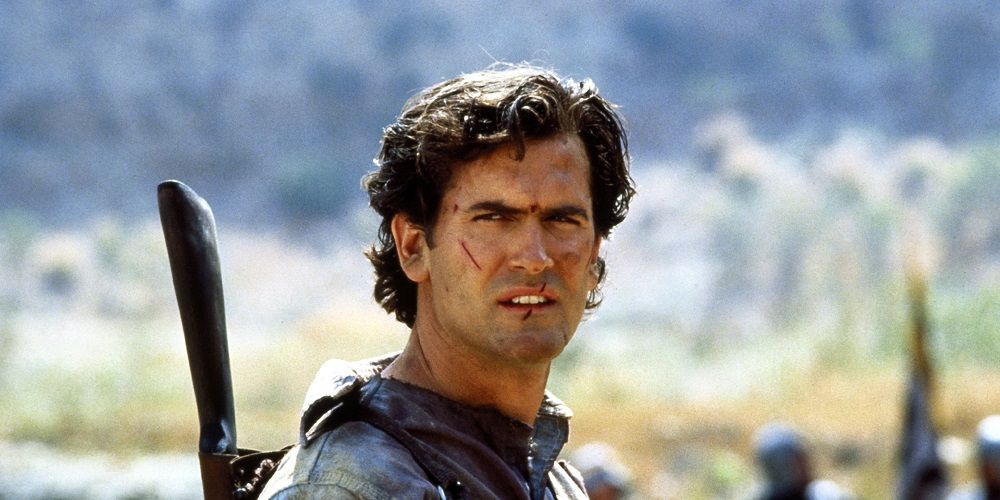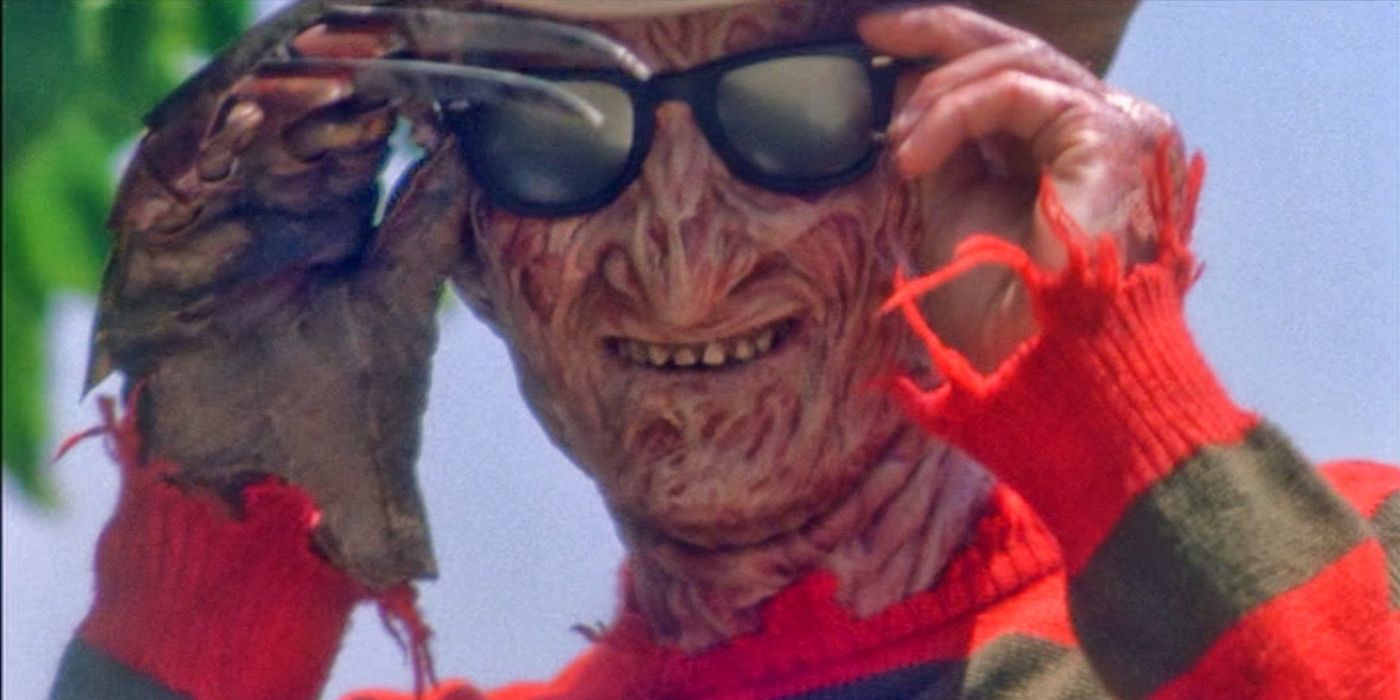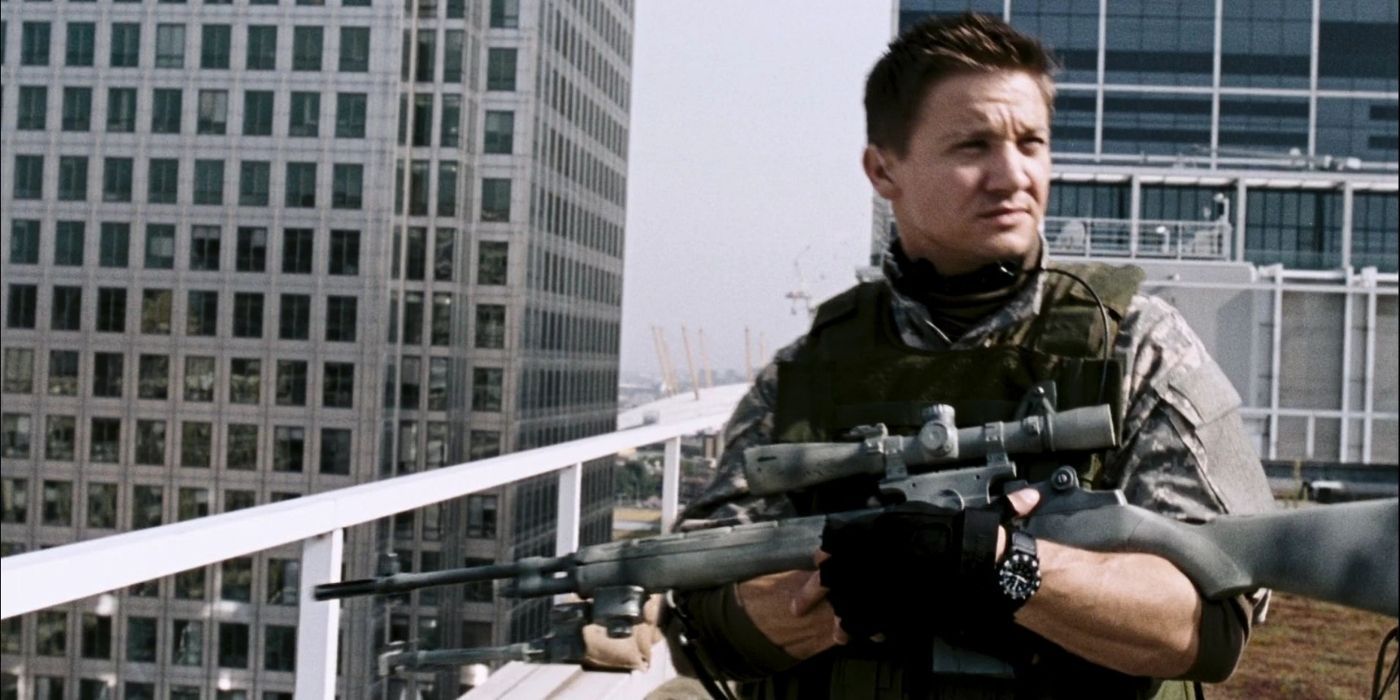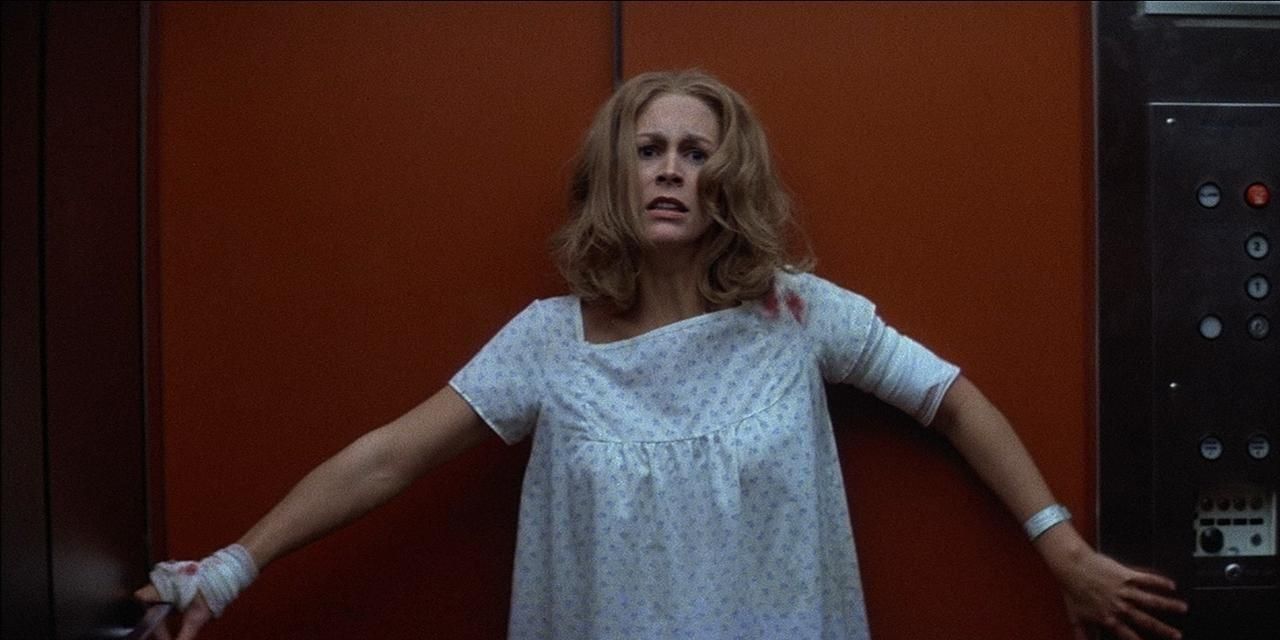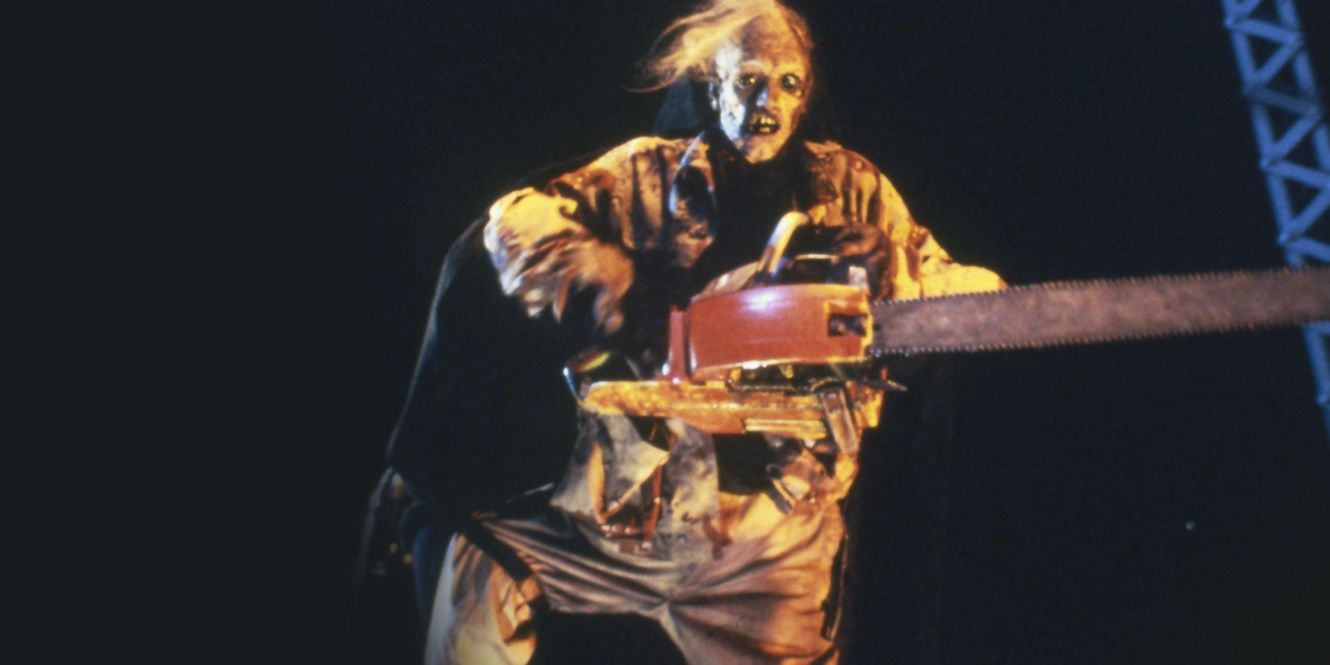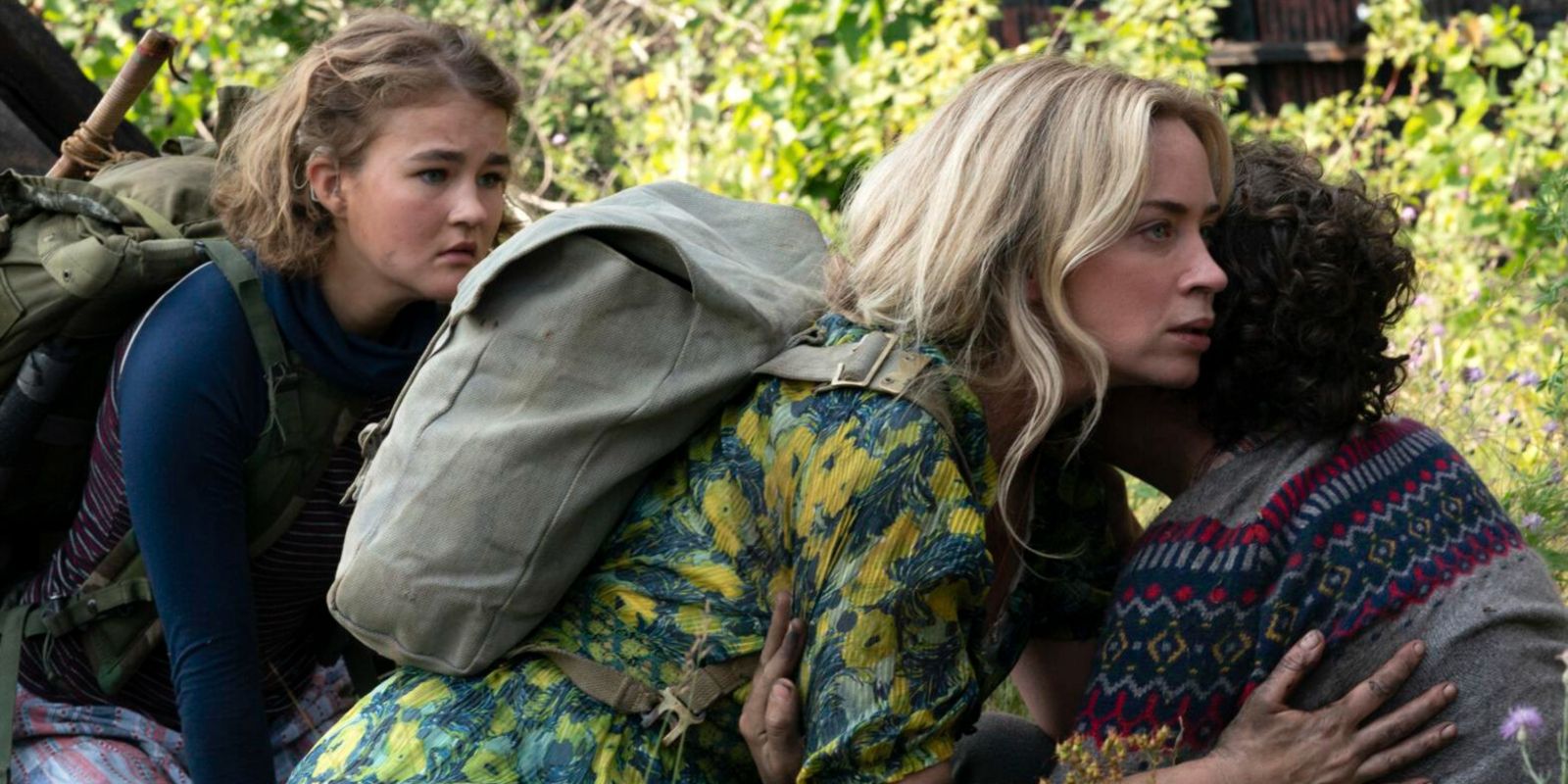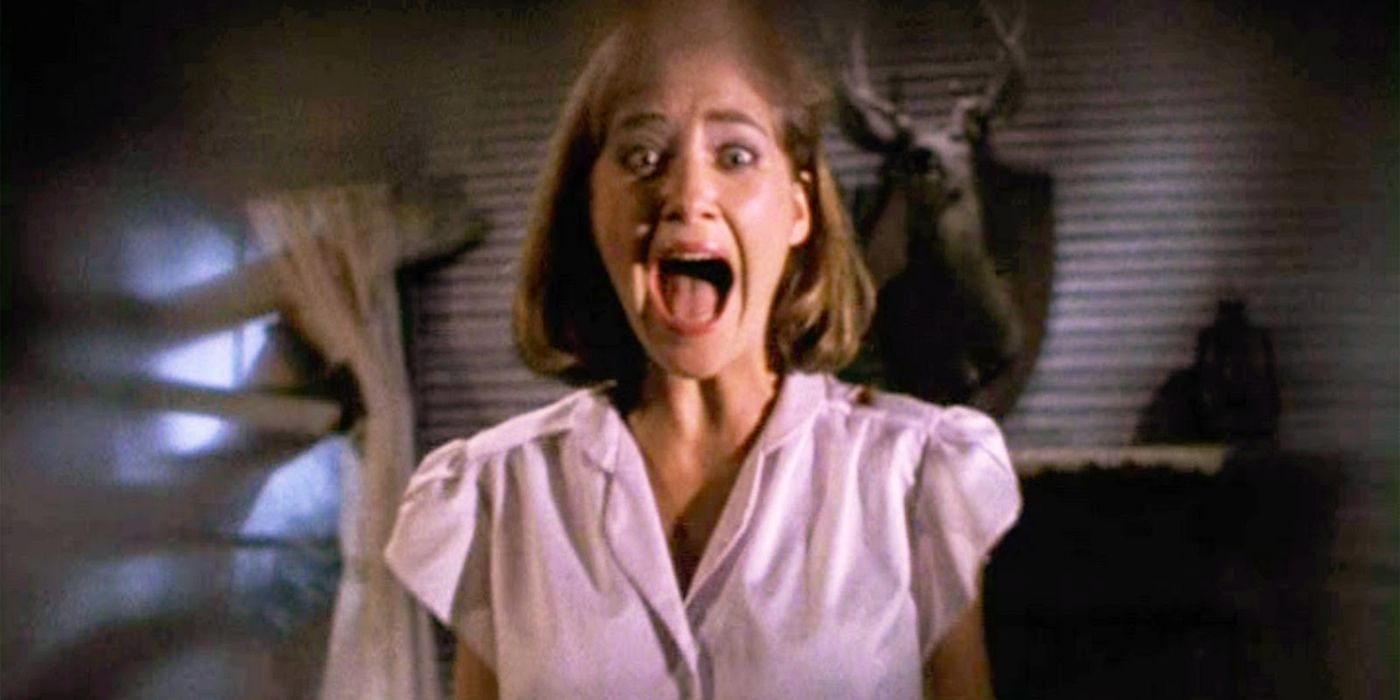Horror movies can be shot on a restricted budget and still find massive box office success. Then, the sequel has much more money at its disposal, in the hopes of establishing a successful horror franchise. There are many examples of sequels that took the original's core concept and amplified what worked.
However, more money doesn't necessarily mean greater box office returns — just look at Book of Shadows: Blair Witch 2. But there are plenty of sequels to admire for doing the most with their budgets. They may not all capture the feel of the original, but they work well in their own right.
Hannibal (2001)
Released 10 years after The Silence of the Lambs, Ridley Scott's Hannibal had over four times that movie's budget. Silence of the Lambs cost $20 million while Hannibal cost $87 million.
While Julianne Moore does a great job as a re-cast Clarice Starling audiences still missed Jodie Foster in the role. Still, Hannibal is very much a worthy sequel to The Silence of the Lambs. The plot follows Dr. Lecter as he escapes the authorities in Europe. However, a man from his past is hunting him for personal retribution.
Saw II (2005)
Saw had a budget of $1.2 million while Saw II's production team got $5 million. While Spiral and Saw 3D had budgets closer to $20 million, it was Saw II that did the most with its money.
Saw II kept to the original's proclivity for near-constant twists but hadn't yet strained credibility the way further installments would. The practical effects are grisly and realistic, making the trap scenes just as cringe-inducing and nail-biting as the first movie. Amanda Young's syringe pit scene is up there with the best the series has had to offer. The plot follows a seemingly unconnected group of people as they try to escape a trap-filled home.
It: Chapter 2
IT: Chapter Two had an action movie-sized budget of $70 million. This is exactly twice as much as the price tag of 2017's IT.
This concluding chapter focuses on the adult members of the Losers Club as they return to Derry, Maine to wipe out well-dressed horror movie villain Pennywise and his twisted legacy. It stands to reason that a fair chunk of the budget went to procuring stars like James McAvoy, Bill Hader, and Jessica Chastain, all of whom were terrific in their roles.
Army Of Darkness (1992)
Army of Darkness had a budget of $11 million in comparison to Evil Dead II's 3.5 million. The first sequel is beloved but wasn't a box office smash, which made Army of Darkness' tripled budget a bit of a surprise.
Evil Dead II was a budgetary step up in its own right, but Army of Darkness took the money and shifted genres. The franchise's third installment looks terrific with memorable set pieces (e.g. the miniature versions of Ash Campbell). The story follows Ash as he crash-lands in Medival times to take on the Deadites once and for all.
A Nightmare On Elm Street 4: The Dream Master (1988)
A Nightmare on Elm Street (1984) had a budget of only $1.8 million. A Nightmare on Elm Street 4: The Dream Master had a budget of $13 million (substantial for a horror film in the late '80s).
ANOES 4 has the feel of a summer blockbuster as opposed to ANOES director Wes Craven's more atmospheric horror movie. Director Renny Harlin (Cliffhanger, Deep Blue Sea) puts every dollar on the screen for this Freddy movie's inventive dream sequences. This includes a scene where lead character Alice Johnson literally floats from her seat and is absorbed into a movie theater screen.
28 Weeks Later (2007)
With a budget almost twice as high as 28 Days Later — $15 million vs. $8 million — 28 Weeks Later has a narrative that is much larger in scope.
Like the original, 28 Weeks Later follows a group of people surviving the zombie ("infected") apocalypse. This time, the narrative primarily covers two groups. The first is a London-based young brother and sister searching for their mother. The second is NATO and its efforts to block off that area of London in order to secure a stronghold and fight off the horde.
Halloween II (1981)
Halloween II may have only had a budget of $2.5 million, but compared to the original's $325,000, it was a substantial increase.
This sequel followed Halloween franchise final girl Laurie Strode just after her night of terror. Now, she must evade Michael Myers as he stalks the corridors of her current hospital home. The decision to make Strode Michael Myers' sister hasn't always sat well with fans. However, Halloween II has a genuinely creepy ambiance and serves as the perfect companion piece to the original.
The Texas Chainsaw Massacre 2 (1986)
1974's The Texas Chain Saw Massacre had a budget of $140,000 while the underrated The Texas Chainsaw Massacre 2 had a much higher budget of $4.7 million.
This follow-up was released 12 years after the original. Even counting inflation, the sequel gave returning director Tobe Hooper a significantly higher budget to work with. The enjoyable sequel essentially a tongue-in-cheek remake of the first film with teens swapped out for a disc jockey and a wronged lawman out for revenge.
A Quiet Place: Part II (2021)
John Krasinski's original A Quiet Place had a budget of $17 million while the 2021 sequel was given a loftier budget of $61 million.
The original A Quiet Place wisely spent the majority of its time fleshing out the Abbott family and their reactions to an end-of-days scenario. The sequel keeps that lense but adds more travel (more locations) and grandiose set pieces. This is particularly true of the opening flashback sequence showing the creatures' initial attack. A Quiet Place II is a masterful horror sequel that balances an intimate perspective with intense surrounding chaos.
Evil Dead II (1987)
Just as Army of Darkness had a higher budget than this 1987 middle chapter, Evil Dead II had a higher budget than The Evil Dead. Sam Raimi's first movie had a budget of only $375,000 while the sequel got nearly ten times as much with $3.5 million.
A pseudo-remake as well as a sequel, the plot takes the cabin in the woods setting of the original and dials up the wackiness. The set pieces and props (i.e. the laughing deer heads) are more elaborate and the prosthetic makeup is far more detailed than anything seen in the original.

